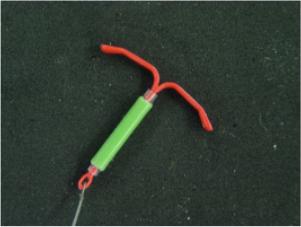|
OBGYN Skills Lab
|
|||||||||
|
IUD Insertion Video Intrauterine devices come in a variety of shapes and types. They are all soft and flexible, and all have tails to facilitate identification and removal. Click Here to watch the video. IUDs are designed to be inserted into the uterus. Once in place, an IUD provides approximately 98% effectiveness in preventing pregnancy.
In the event the IUD needs to be removed:
|
||||||||
|
This information is provided by The Brookside Associates, a private organization, not affiliated with any governmental agency. The opinions presented here are those of the author and do not necessarily represent the opinions of the Brookside Associates. For educational simplicity, only one method is usually shown, but many alternative methods may give satisfactory or superior results. This information is provided solely for educational purposes. The practice of medicine and surgery is regulated by statute and restricted to licensed professionals and those in training under supervision. Performing these procedures outside of that setting is a bad idea, is not recommended, and may be illegal. The presence of any advertising on these pages does not constitute an endorsement of that product or service by the Brookside Associates. C. 2010 All Rights Reserved |
|||||||||
 This is the Archived Desktop Edition.
This is the Archived Desktop Edition. 